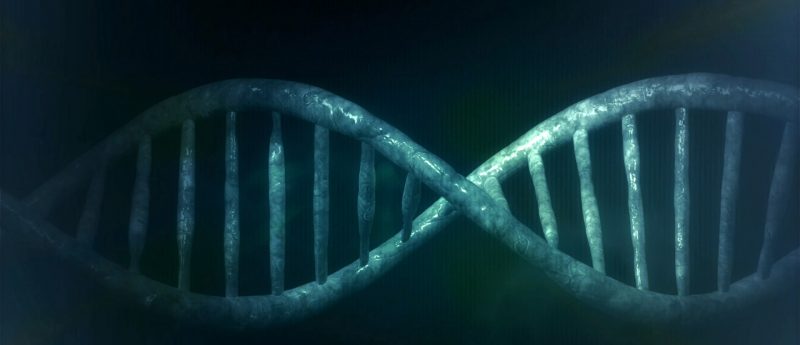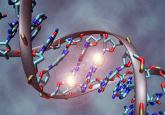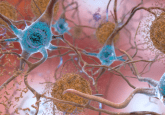Promising new weapon in the war against Huntington’s disease

Using an experimental approach to modeling neuronal circuitry, researchers from the University of California San Diego (CA, USA) led by William Mobley, have identified a protein subunit that rescues molecular defects occurring in Huntington’s disease (HD). HD pathogenesis is caused by an expanded CAG repeat in the huntingtin gene, resulting in mutant huntingin (mHTT) protein which is thought to have an adverse impact on numerous cellular functions. It is believed mHTT contributes to corticostriatal atrophy and reductions in brain-derived neurotrophic factor (BDNF). In this study, the HD corticostriatal circuit was recreated in microfluidic chamber co-cultures by connecting cortical and striatal...




